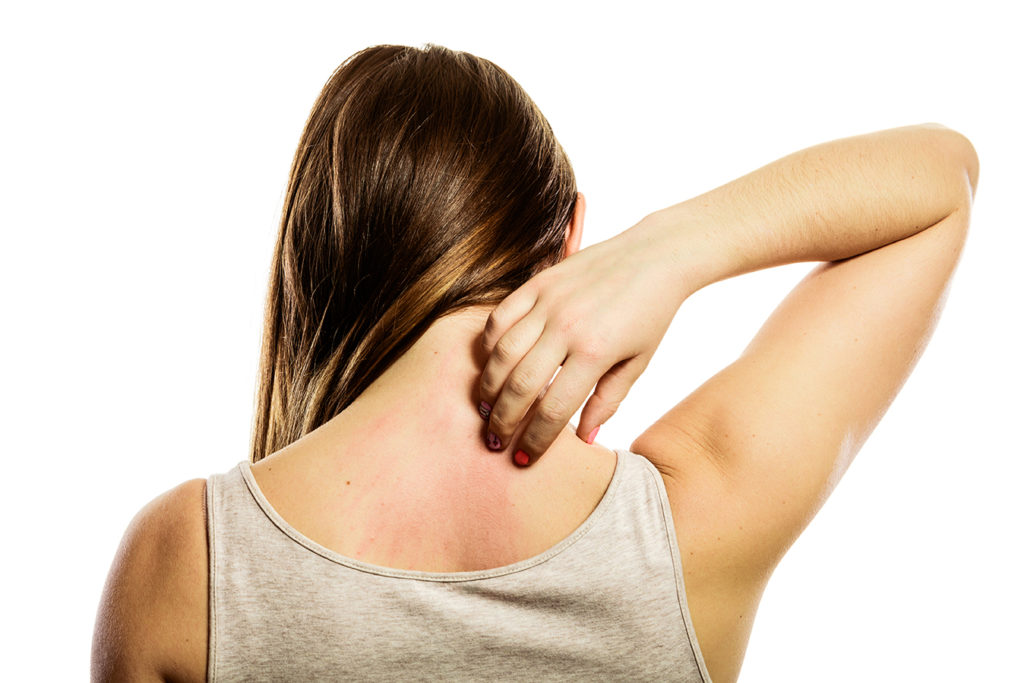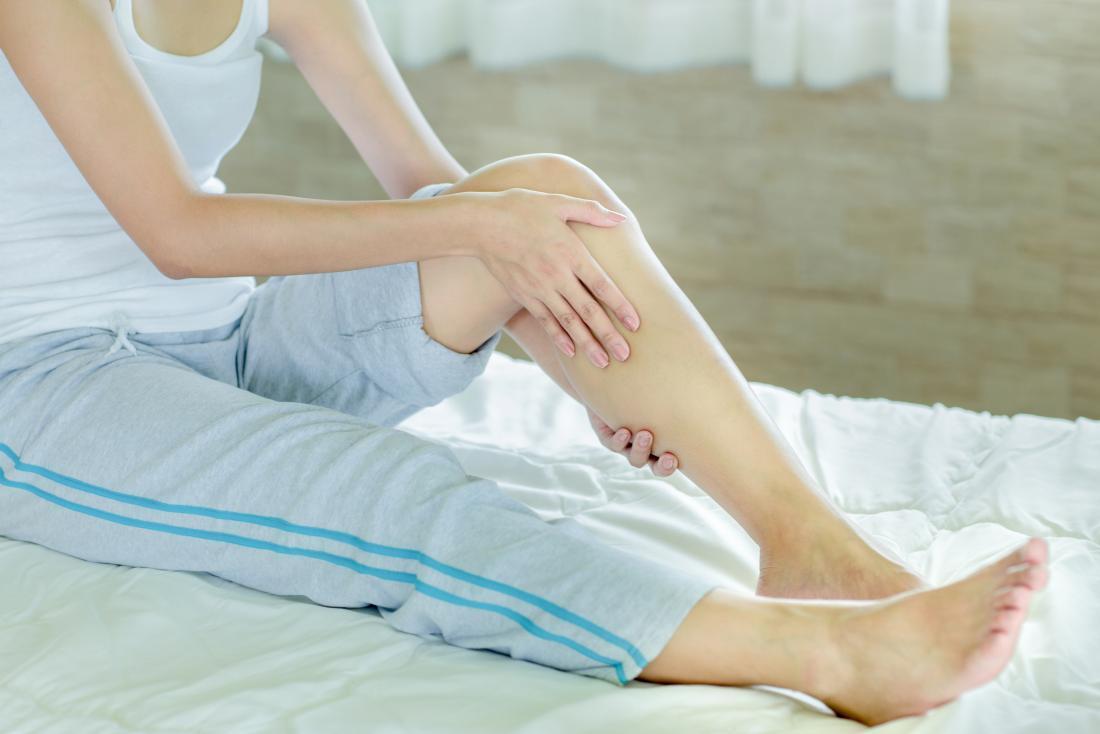If you are diagnosed with diabetes, you should be aware about the skin conditions that are related with it. Skin problems can be the first sign to detect diabetes.
Some conditions are present in many people but diabetics can cause these problems easily. Many sin problems can be prevented or controlled if they are diagnosed early.
General skin conditions
Bacterial infections
Boils, Styes (infection in eyelid glands), Folliculitis (infection of hair follicles), Carbuncles (deep skin tissue infection) and infections around the nails are bacterial infections that easily occur in diabetic patients.
If you have inflamed tissues, your skin will be red, swollen, hot and feel painful. The most common bacteria that cause infections are Staphylococcus bacteria also known as Staph. Proper antibiotics and methods for controlling sugar levels helps to treat them efficiently.
Fungal infections
One of the common culprits for fungal infection is Candida albicans which is a fungus of the yeast kind. They cause red, itchy rashes which are surrounded by blisters and scales.
They are caused in moist and warm areas of the skin like under the breast, around nails, between fingers and toes, in the armpits, in corners of mouth and under the foreskin. These fungal infections cause itching. If you have any of these signs you should see a doctor.
Itching
This is commonly caused due to yeast infections, dry skin or poor circulation. You can control this by limiting the number of times you take a shower, using mild moisturizers and applying cream after showering.
Diabetes related skin conditions
Atherosclerosis
In this condition the blood vessels are narrowed due to plaque buildup. This leads to changes in the skin, which are caused due to lack of oxygen. The changes like hair fall, thickened and discoloured toe nails and thinning of skin are seen.
Diabetic dermopathy
In this condition, there are shiny circular or oval lesion on the skin, which are normally seen on the lower legs. They look like reddish or light-brown patches.
Sometimes they are itchy or might cause a burning sensation. This condition is caused due to nerve damage or damage caused in blood vessel.
Bullosis diabeticorum
This condition is also known as diabetic blisters that occurs on the back of the fingers, hands, toes, feet, legs and forearms. These sores resemble burn blisters. They are painless and heal on their own in 3 weeks. The only way to treat them is by bringing the blood sugar in control.
Psoriasis
Psoriasis is a condition where people develop red patches on their skin, which tends to be very itchy. Some people also see changes in their scalp and nails.
This condition can become severe in some people, resulting in psoriatic arthritis. To treat this condition you have to make lifestyle changes, keep your blood sugar levels in control and maintain your body weight.
Xanthelasma
In this condition, there are yellow fat deposits in scaly form which are found near or on the eyelids. They can also be found on neck, trunk, shoulders and underarms.
Some people have tried to treat it with laser therapy or chemical peels which helps, but there is no assurance of curing it completely.
Skin tags
They are soft, skin-coloured growth that pops from the skin, which are mainly caused due to high blood sugar level. They are also known as acrochordons with uncontrolled levels of blood glucose. They are formed in areas like underarms, under the breasts, neck, groin folds or eyelids.
Scleredema diabeticorum
This skin problem usually occurs in people with Type-2 diabetes. It thickens the skin on the back of the neck and the upper back. To treat it you can use lotions and moisturizers to make it soft but controlling the blood sugar levels is the best treatment for this condition.
Acanthosis nigricans
In this condition, brown swollen areas appear on the sides of the neck, armpits and groin. In some cases they appear on hands, elbows and knees.
It is usually caused in people who are overweight. The best way to get rid of them is by losing weight. Till you lose weight you can use some cream to make the spots look better.
Vitiligo
This is more common in people with Type-1 diabetes than type-2 diabetes. It causes skin coloration by destroying the pigment making cells which lead to patches of discoloured skin.
The most commonly affected areas are the chest and abdomen but can also be seen around the mouth, nostrils and eyes.
If you have a condition, you should use sunscreen that has SPF of 30 or higher to prevent skin from sunburn. The treatment options currently available are topical steroids and micro pigmentation.
Necrobiosis lipoidica diabeticorum
NLD causes spots that are larger and deeper due to changes in the blood vessels. It begins with a dull, red, raised area which later turns into a shiny scar with a violet border. It can be itchy and painful and at times the spots crack open.
It is a rare condition which is mostly caused in adult women. It needs to be treated when the sores break open. So the moment you see open sore you should see a doctor.
Eruptive xanthomatosis
It is a temporary condition which is caused when the diabetes goes out of control. It forms a yellow, firm, pea-like enlargements in the skin. These bumps have redness and causes itching.
It mostly occurs on the hands, feet, arms, legs and buttocks. It occurs in young men with Type-1 diabetes who has high cholesterol levels. This condition disappears if the diabetes comes back in control.
Digital sclerosis
There are times when diabetics develop thick and waxy kind of skin on the back side of their hands and the skin on toes and forehead becomes thick. There can be stiffness felt in the finger joints which doesn’t let them move in the normal way.
In some cases, elbows or ankles also get stiff. It is mainly caused in people with Type-1 diabetes and the only treatment is to bring the blood sugar levels in control.
Disseminated granuloma annulare
In this condition, a ring or arc shaped raised areas are formed on the skin. They develop in areas far from the trunk and are one kind of rashes.
They can be red, red-brown or skin color. It can be treated by drugs prescribed by the doctor so if you see bumps like this, you should consult a doctor.





